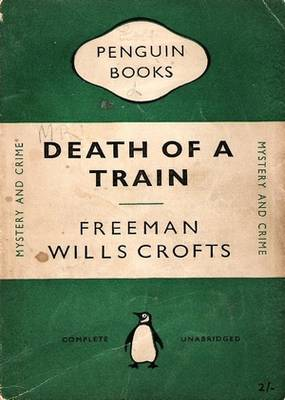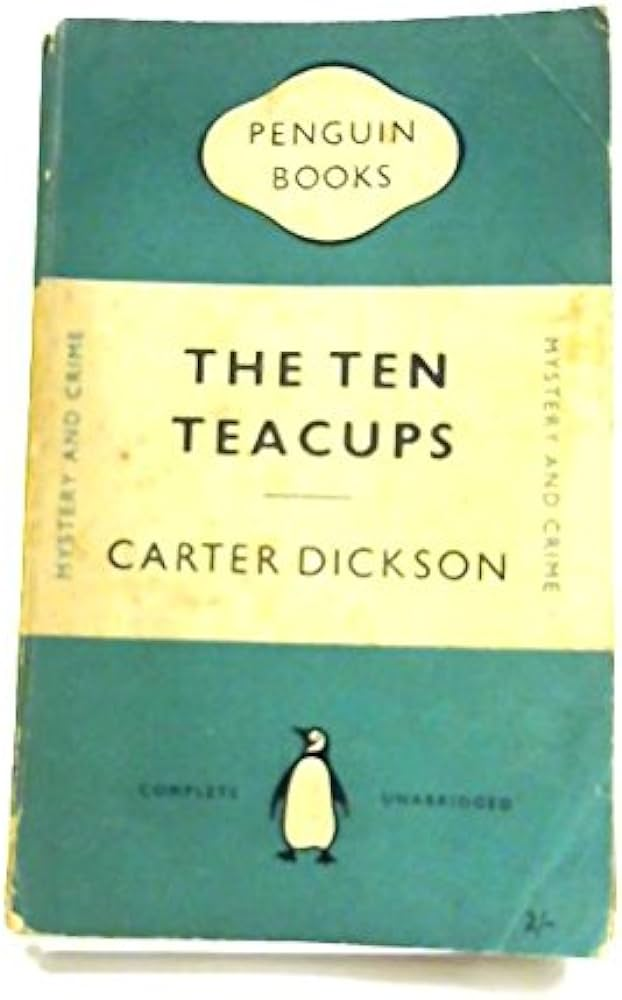It is thirty years since the death of Julian Symons, a writer whose fiction and non-fiction had a considerable influence on me, and I've enjoyed going back to several of his novels lately. Today I'd like to talk about The Players and the Game (1972) - I have a vivid memory of reading this when I was supposed to be revising for my A-Levels. But maybe, despite the sometimes shocking story material, it was a good way to have a complete break! I've talked about the book on this blog before but after a gap of thirteen years, I've read it yet again, so it's time to revisit my feelings about the story.
There really is a lot going on in this book. First and foremost, it's a whodunit, and a clever one. Second, the crimes are to some extent based, as Symons acknowledges, on the Moors Murders and the Lonelyheart Killers case. Third, there's an exploration of the philosophising of Nietzsche (not someone to get too keen on, remembering how his own mind disintegrated). Fourth, there are two case studies of mental breakdown experienced by key characters. Fifth, there's an examination of bourgeois English society of the early 70s. Sixth, there's a police investigation, with a range of detectives looking into a case of disappearing women which morphs into a hunt for a serial killer' mistakes are made which have disastrous results. And finally, there's a look at business life, something that Symons touched on several times in his work.
That's a huge amount of ground to cover in a novel that isn't especially lengthy. Fortunately, Symons writes with such economy that the story doesn't feel cluttered, even though there are a great many characters, some of them only lightly sketched. A while ago I discovered that Symons consulted his friend Alan Eden-Green for details about the world of personnel, and inscribed a copy of the book to Alan and his wife thanking him for 'his help with job enrichment, lavatories and the Jay Burns Lawrence course', all of which play a part in the story.
There's another feature of this book worth noting. Today, fifty-two years after its first appearance, an attempt at a cutting-edge presentation of contemporary mores is actually a document of social history. And in some ways the most shocking aspect to modern readers may be the way that an older man's mistreatment of under-age girls is handled; it certainly isn't glossed over, but nor is it treated in the way it would be today. So many of the attitudes portrayed - often, but by no means always, with a satiric touch - in the story now seem very dated. The Seventies were definitely another country.












.JPEG)
.JPEG)
.JPEG)
.JPEG)
.JPEG)
.JPEG)
.JPEG)
.JPEG)
.JPEG)
.JPEG)
.JPEG)
.JPEG)
.JPEG)
.JPEG)
.JPEG)
.JPEG)
.JPEG)
.JPEG)
.JPEG)
.JPEG)

.JPEG)


.JPEG)
.JPEG)


.JPEG)
.JPEG)




.JPEG)
.JPEG)
.JPEG)
.JPEG)
.JPEG)
.JPEG)
.JPEG)
.JPEG)
.JPEG)